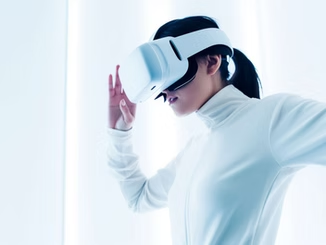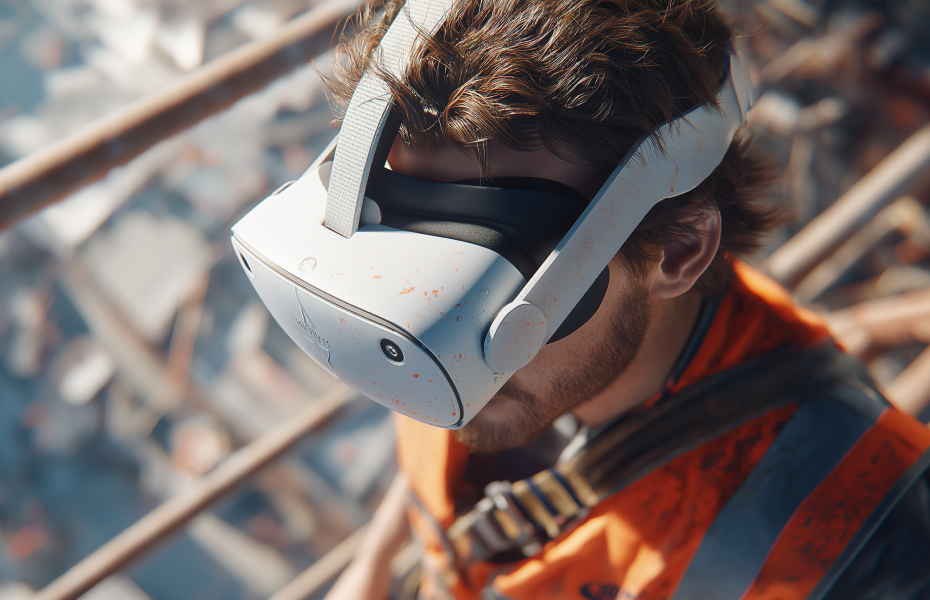As technology evolves, two terms frequently arise in conversations about the future of human-computer interaction: Augmented Reality (AR) and Virtual Reality (VR). While both technologies fall under the extended Reality (XR) umbrella, they offer vastly different experiences and applications. This article delves into the differences between AR and VR, exploring their definitions, underlying technologies, applications, devices, and limitations.

What is the Difference Between AR and VR?
Defining Augmented Reality (AR)
Augmented Reality (AR) is a technology that overlays digital information in the real world, enhancing the user's perception of their environment. This digital overlay can include graphics, sounds, and other sensory enhancements that create an interactive experience. AR applications like Pokémon utilize a phone's camera and sensors to integrate computer-generated elements into the user's physical world. As a result, users can see and interact with virtual objects as if they were part of their natural environment. The key feature of AR is that it enhances rather than replaces Reality, allowing users to maintain a connection to their physical surroundings while experiencing immersive content.
Understanding Virtual Reality (VR)
Conversely, Virtual Reality (VR) immerses users in a completely virtual environment that replaces the real world. This is typically achieved through a VR headset that blocks out external stimuli and engages users with a computer-generated simulation. VR can transport users to various settings, from fantastical realms to realistic training scenarios, providing a fully immersive experience. Users can interact with these virtual environments using controllers or hand tracking, allowing for a deeper level of engagement. Unlike AR, VR requires users to disconnect from their physical surroundings and immerse themselves entirely in a virtual space.
VR scenarios are ideal for practising arc flash safety training, helping teams drill hazard recognition, PPE, and response steps in a controlled space.
Critical Differences Between AR and VR Technologies
The fundamental difference between AR and VR lies in their approach to Reality. AR enhances the real world by adding digital elements, while VR creates a separate, immersive virtual world. AR applications can be used on smartphones or through dedicated AR headsets, whereas VR typically requires specialized hardware like a VR headset. Furthermore, AR experiences often involve interactive overlays that respond to real-world changes. In contrast, VR experiences are usually static environments where users can manipulate virtual objects but remain detached from their surroundings. Understanding these distinctions is crucial for developers and users alike, as they dictate the types of experiences each technology can offer.
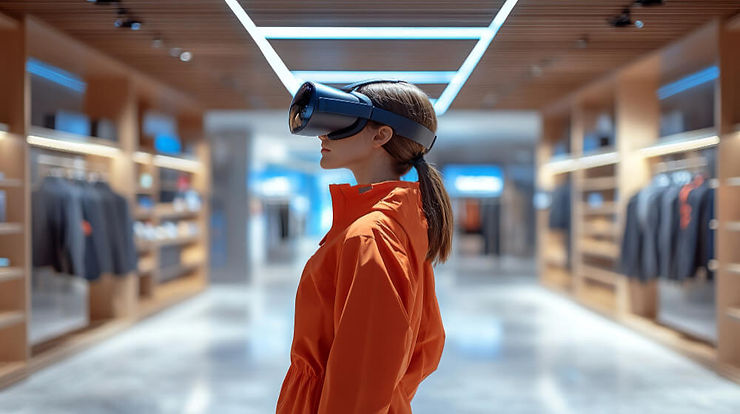
How Do Augmented Reality and Virtual Reality Work??
The Technology Behind Augmented Reality
AR technology relies on several key components to function effectively. It uses a device's camera to capture the natural world and then applies computer vision techniques to identify surfaces and objects. Once the environment is mapped, AR applications can overlay digital content onto these surfaces, creating an interactive experience. Advanced AR technology may also utilize GPS, accelerometers, and other sensors to enhance the accuracy of the overlay. This technology allows users to interact with augmented elements in real time, making it possible to use AR for gaming, education, and various other applications.
How Virtual Reality Creates Immersive Environments
Virtual Reality operates through a different technological framework. A VR headset has displays and sensors that track the user's head movements, allowing them to look around and interact with the virtual environment. The headset's lenses create a stereoscopic effect, giving users depth perception and making the virtual world feel more realistic. Additionally, VR can incorporate haptic feedback devices that simulate touch, enhancing the immersive experience. VR technology demands high-quality graphics and processing power, so dedicated VR hardware is often necessary to deliver a seamless experience.
Comparison of AR and VR Technologies
When comparing AR and VR technologies, several factors include usability, accessibility, and application scope. AR technology typically requires less expensive hardware, as many users can engage with AR applications using their smartphones. In contrast, VR requires more sophisticated equipment, which can limit accessibility for some users. However, the immersive experiences provided by VR can be unrivalled, making it a preferred choice for training simulations and gaming. Ultimately, the selection between AR and VR often depends on the desired outcome—an immersive virtual experience or an enhanced interaction with the real world.
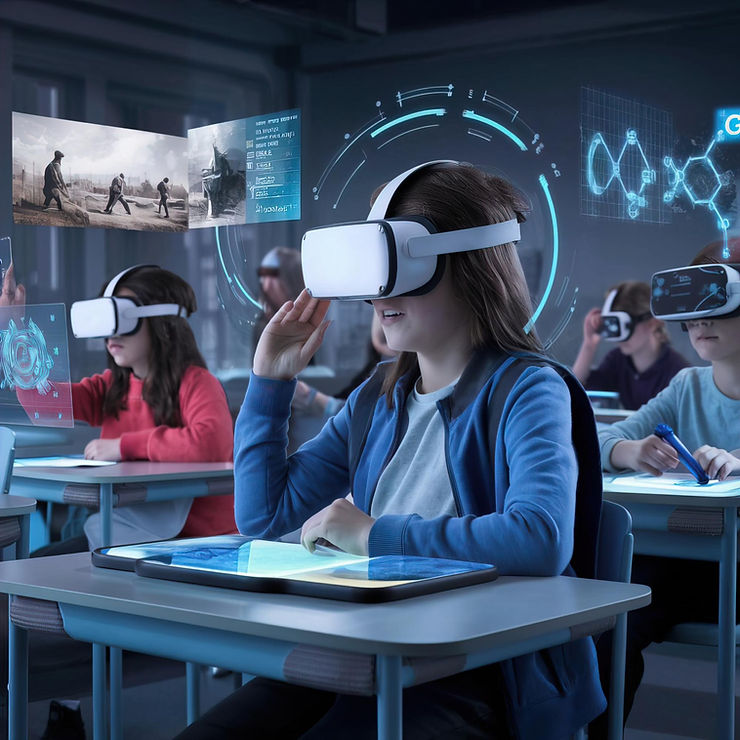
What are the Applications of AR and VR?
Using Augmented Reality in Gaming and Education
Augmented Reality has found significant traction in the gaming and educational sectors. For instance, games like Pokémon have demonstrated how AR can engage users by blending the virtual world with real-life locations. AR applications can bring subjects to life in education by overlaying information, images, and 3D models on physical textbooks or pictures, enhancing learning experiences. Students can use AR to visualize complex concepts, making learning more interactive and enjoyable. This capability shows how AR can be a powerful tool for both entertainment and educational purposes.
Virtual Reality Applications in Training and Simulation
Virtual Reality is primarily leveraged for training and simulation across various fields, including healthcare, aviation, and military. VR provides a safe environment for professionals to practice skills without the risks associated with real-life scenarios. For instance, medical students can perform virtual surgeries, allowing them to hone their skills before entering the operating room. Similarly, pilots can use VR flight simulators to train under different conditions without an actual aircraft. These applications highlight the importance of VR in creating immersive training experiences that prepare individuals for real-world challenges.
Mixed Reality: Combining AR and VR for Enhanced Experiences
Mixed Reality (MR) represents a blend of Augmented and Virtual Reality, creating a seamless interaction between the physical and digital worlds. This technology allows users to interact with both real and virtual objects simultaneously. MR can be mighty in collaborative settings, where teams can work together in a shared virtual environment while being aware of their physical surroundings. Integrating AR and VR technologies can enhance experiences, enabling users to engage with content more versatilely and meaningfully.
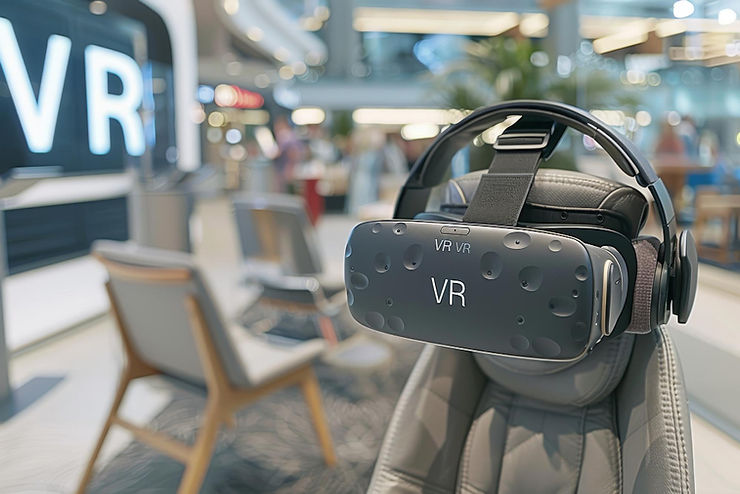
What Devices are Used for AR and VR?
Types of AR Headsets and Their Features
AR headsets come in various forms, catering to different needs and applications. Some popular AR devices include Microsoft HoloLens and Magic Leap. These headsets feature transparent displays that allow users to see the real world while interacting with virtual elements. Key features often include spatial mapping, gesture recognition, and voice commands, enabling a hands-free experience. As AR technology continues to evolve, the capabilities of these headsets are expanding, offering more immersive and interactive experiences in both professional and consumer settings.
Popular VR Headsets on the Market
The market for VR headsets has grown significantly, with several popular options available. Devices like the Oculus Quest 2, HTC Vive, and PlayStation VR provide users with varying levels of immersion, graphics quality, and interactivity. These VR headsets often come equipped with motion controllers, allowing users to navigate and interact with virtual environments effectively. As VR technology advances, manufacturers focus on improving comfort, reducing latency, and enhancing graphics, making VR experiences more accessible and enjoyable for a broader audience.
Smartphone vs Computer-generated Experiences in AR and VR
Regarding AR and VR experiences, the choice between smartphone-based applications and computer-generated environments is significant. Smartphone AR apps, such as those that use a phone's camera, allow users to experience augmented Reality without additional hardware. However, the immersive quality may be limited compared to dedicated AR headsets. On the other hand, VR experiences generally rely on computer-generated environments that require specialized VR hardware. This distinction is crucial for developers and users to consider when determining how best to implement AR and VR technologies in various applications.
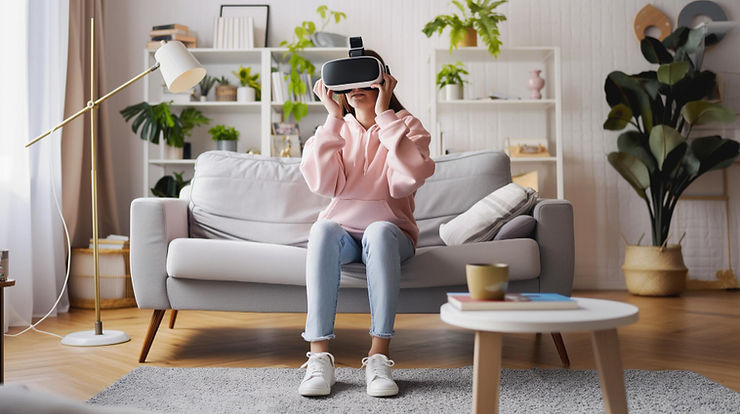
What are the Limitations of AR and VR?
Challenges in Augmented Reality Implementation
Despite its potential, Augmented Reality faces several implementation challenges. One of the primary hurdles is ensuring accurate tracking and overlay of digital content in real-world environments. Inconsistent lighting conditions and varying surface textures can hinder AR performance, leading to subpar user experiences. Moreover, AR technology may struggle with user interaction in complex environments, making it essential for developers to create robust applications that can adapt to diverse settings. Additionally, the need for a powerful smartphone or AR headset can limit accessibility for some users.
Barriers to the Adoption of Virtual Reality Technologies
Virtual Reality also encounters barriers to adoption, primarily related to hardware costs and user comfort. Many users may find VR headsets uncomfortable for extended periods, deterring them from fully engaging with the technology. Furthermore, the high cost of VR hardware can limit widespread adoption, particularly in educational and professional settings. To address these challenges, manufacturers must continue to innovate, focusing on ergonomic designs and reducing costs while providing compelling content showcasing VR experiences' benefits.
Comparing User Experiences: AR vs VR Limitations
When comparing user experiences between AR and VR, it's essential to recognize their inherent limitations. AR applications may often be less immersive than VR, requiring users to maintain awareness of their physical surroundings. This can lead to fragmented experiences that might need to be more engaging. In contrast, while VR offers deep immersion, it can isolate users from their real-world environment, which may only be ideal for some applications. Understanding these limitations will help developers create more effective AR and VR experiences, catering to the specific needs of their audience.
It is important to consult a safety professional before undertaking any of the steps outlined in this article
Author:
Share Article:
Author:
Share Article:
